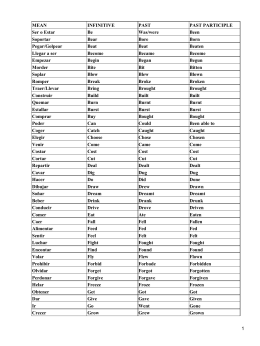

#Shut in past tense free
When a new stranger connects to your room, you can start the chat!Looking for online definition of SHAT or what SHAT stands for? SHAT is listed in the World's largest and most authoritative dictionary database of abbreviations and acronyms The Free Dictionary Copy the link from the browser or press the "Copy link" button, and send this url to your friend.

#Shut in past tense code
Just press the button "Create a Room" or type in an alphanumeric code of your room. Teeming, filled (with something) bursting out. to issue forth suddenly and forcibly, as from confinement or through an obstacle: Oil burst to the surface. to break, break open, or fly apart with sudden violence: The bitter cold caused the pipes to burst. Verb (used without object), burst or, often, burst
#Shut in past tense full
What’s the difference between burst and bust?īurst is when something full of liquid breaks from pressure, bust is a general, informal synonym for “break.” What does bursted mean? For example, the simple past tense of look is looked, and the simple past tense of ignite is ignited. If the verb ends in -e, you would just add a -d. Typically, you would form the past tense as follows: Take the root form of the verb (the one you will find in our amazing dictionary) and add –ed to the end. Had written: I had written the email before he apologized. Had left: The plane had left by the time I got to the airport. Some examples of the past perfect tense can be seen in the following sentences: Had met: She had met him before the party. But as an adjective (which is how it’s normally used) the word won’t change dependent on tense. If it’s being used as a verb, the past tense of “cost” is “ costed”. (sometimes nonstandard) Simple past tense and past participle of bleed. As mentioned above, burst is itself the past tense form of this verb, making bursted unnecessary and incorrect.

‘Set’ takes the form… Is there anything like bursted?Īlthough bursted is not a word in English, some writers erroneously use it as a past tense or past participle for burst. ‘ Notice there is not a change in the spelling of the present and past tense in this case. The past tense and -ed participle of hurt is hurt. When you use the word rode, you are talking about riding something in the immediate or distant past. The present participle of shut is shutting. The third-person singular simple present indicative form of shut is shuts. Bursts is the third-person singular simple present indicative form of burst. The present form is “Bursts.” The past tense of the burst is burst. The burst verb means “the motion of something which breaks from within the strain.” “Burst” is in the past already. The past tense of the word “burst” is burst itself. For example, to turn the verb “walk” into the past tense, add -ed to form “walked.”. The basic way to form the past tense in English is to take the present tense of the word and add the suffix -ed. The past tense refers to event that have happened in the past. How do you know if a sentence is past tense? ‘ When using the words ‘should have’ you are talking about something in the past that you ‘ought to’ or ‘might have’ done. Should’ is the past tense of the word ‘shall. The third-person singular simple present indicative form of correct is corrects. What’s the difference between burst and bust?.How do you know if a sentence is past tense?.


 0 kommentar(er)
0 kommentar(er)
